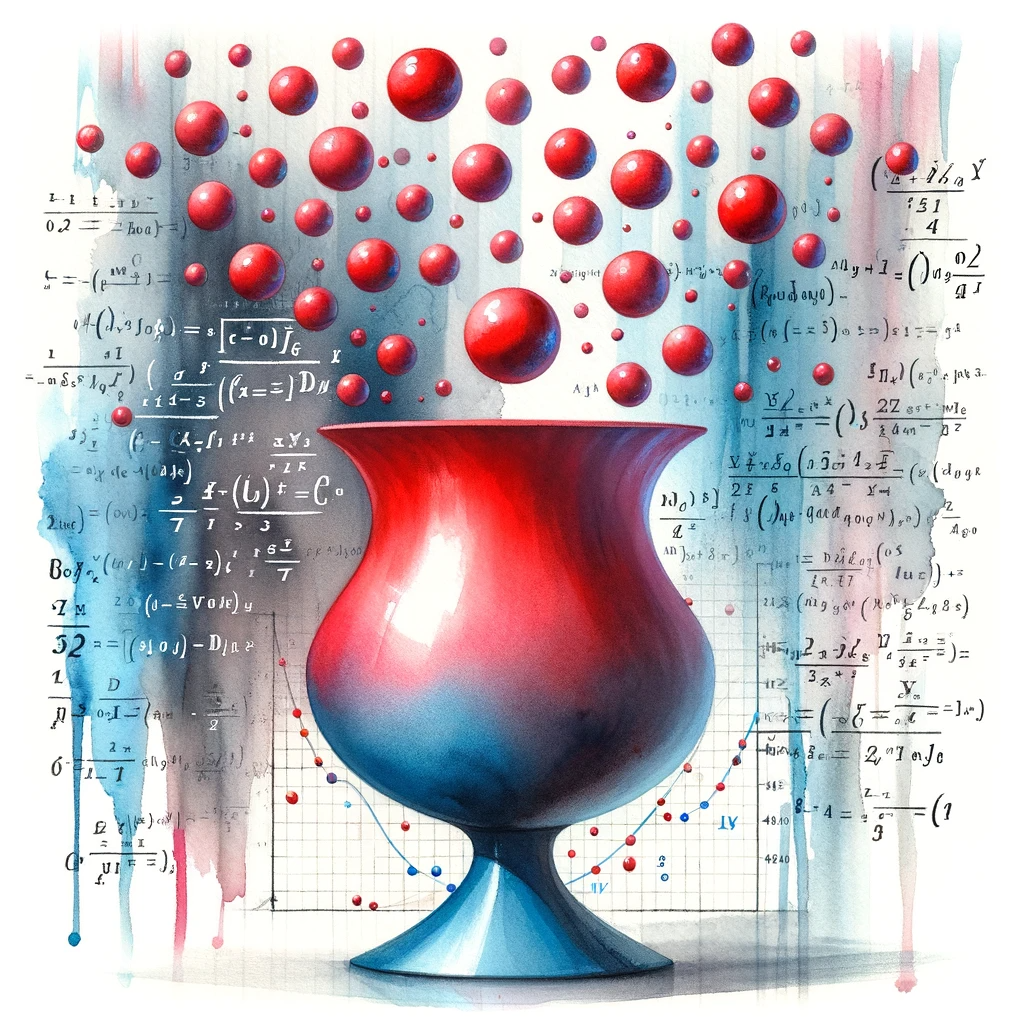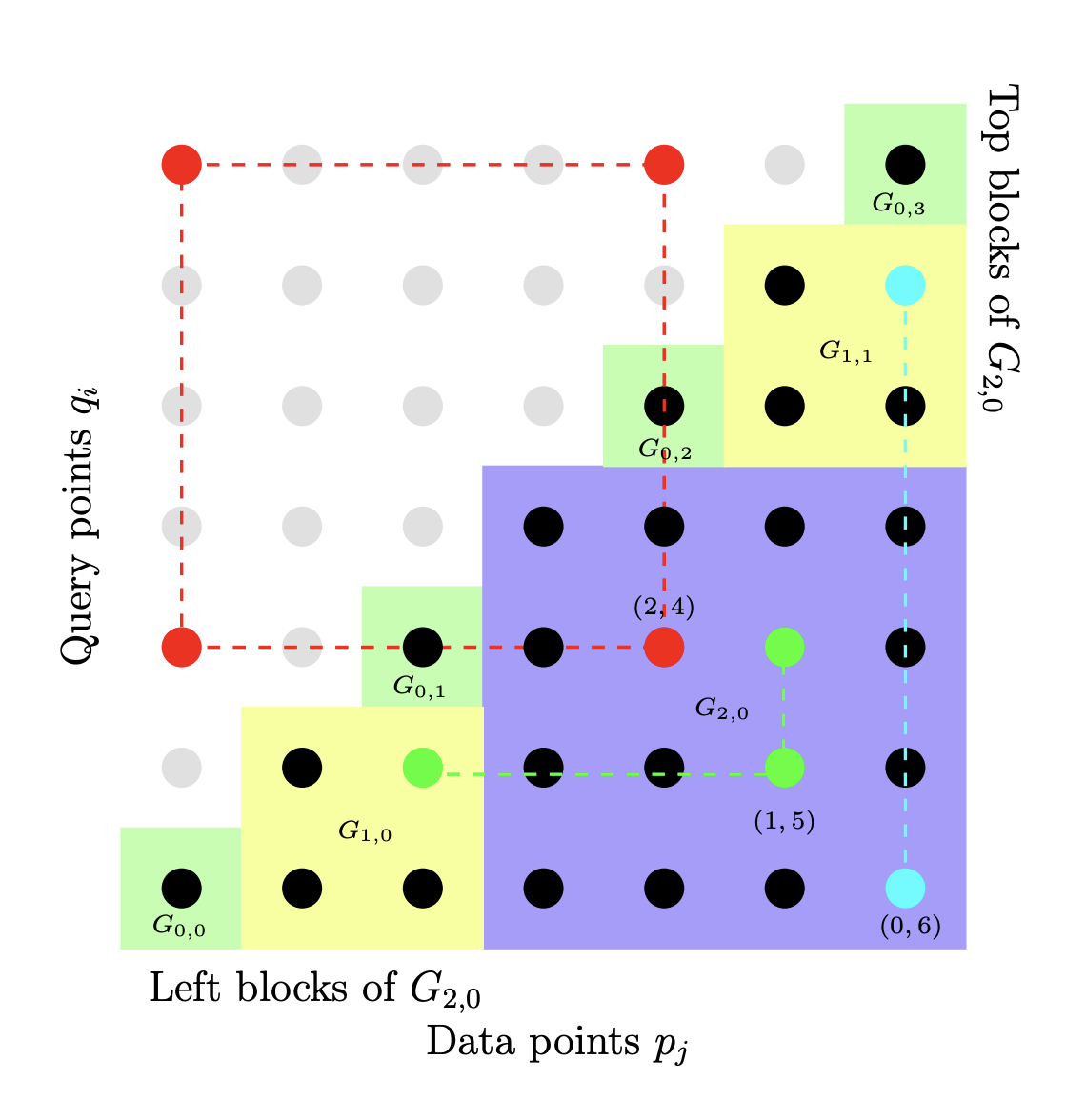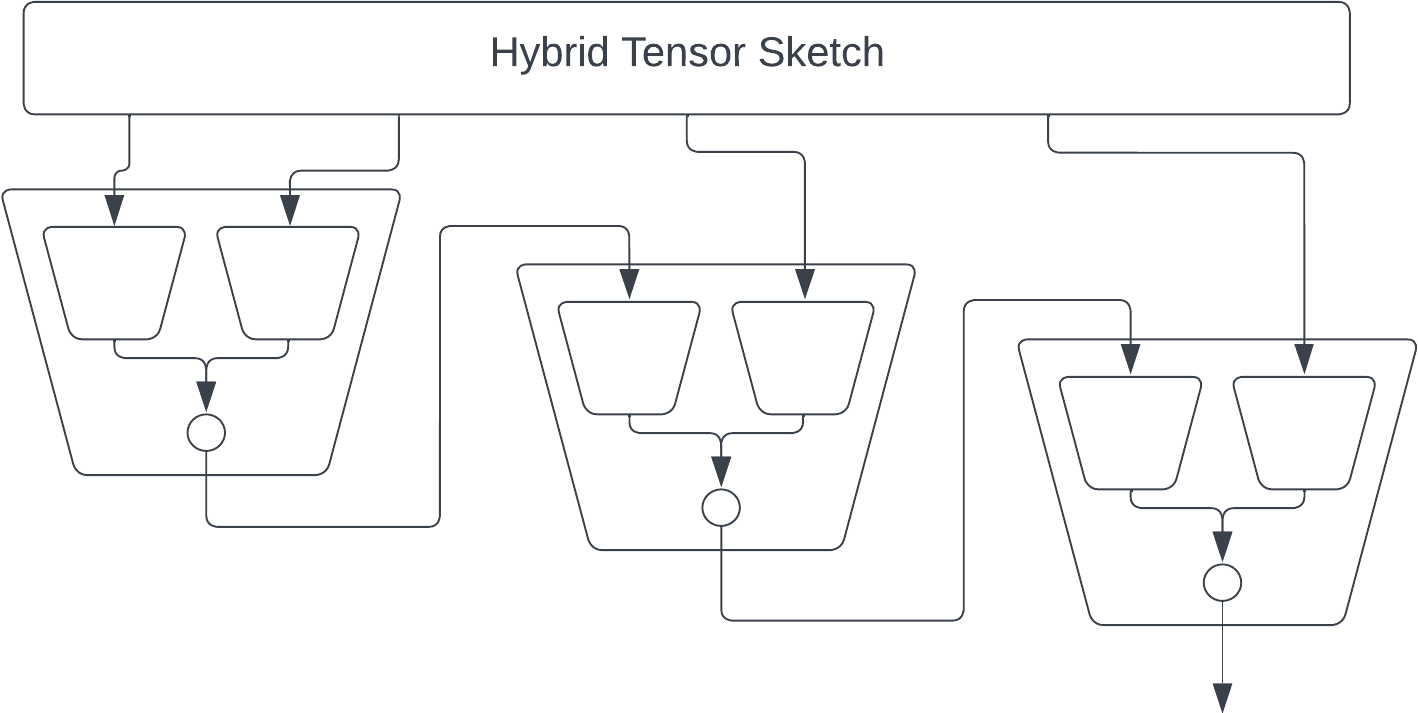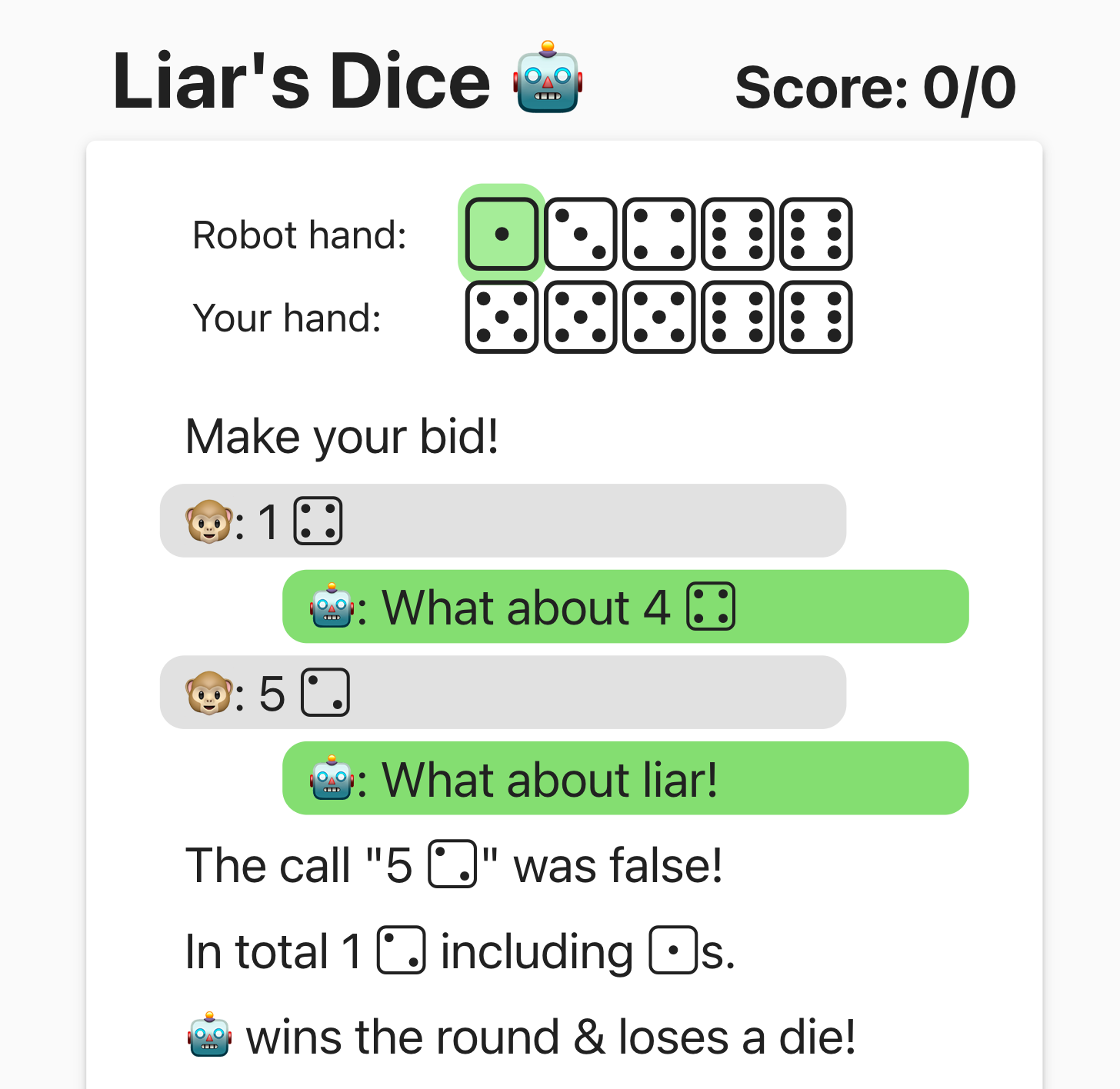

Analysis of Ornstein-Uhlenbeck Process for Linear Systems
This blog post delves into the Ornstein-Uhlenbeck (OU) process and its application in the analysis of linear systems. We explore how the OU process, when applied to a Positive Semi-Definite (PSD) matrix and a specific vector, leads to more efficient and accurate sampling strategies.

ZipLM with Beam Search, BPE and Progressive Compression
ZipLM uses Gzip to create a language model, however it is quite bad. This post shows how to use beam search to improve the output of ZipLM. When sampling sentences from "The Great Gatsby," the raw model produces near-gibberish. However, implementing beam search yields increasingly coherent sentences as the beam width increases, although performance is still poor compared to older models.

Liar’s Dice by Self-Play
I’ve been meaning to learn about AIs for games like Poker or Liar’s Dice for a while. Recently while reading DeepMind’s article Player of Games, I thought I might be able to make something really simple that works well enough to be fun. “It shouldn’t take more than an afternoon,” I thought. Of course, I ended up spending much more time on it, but it did turn out to be fun and very simple.
